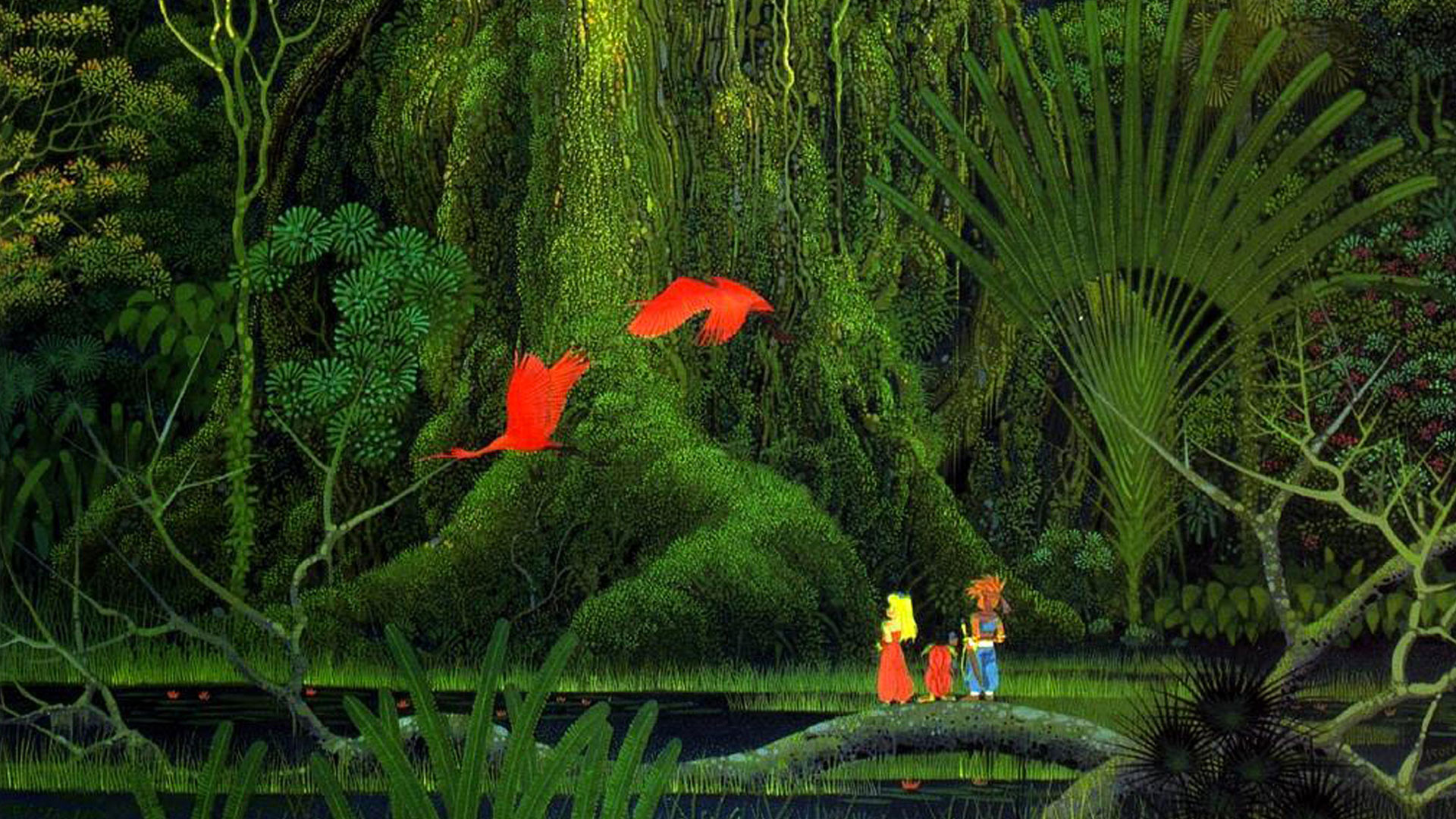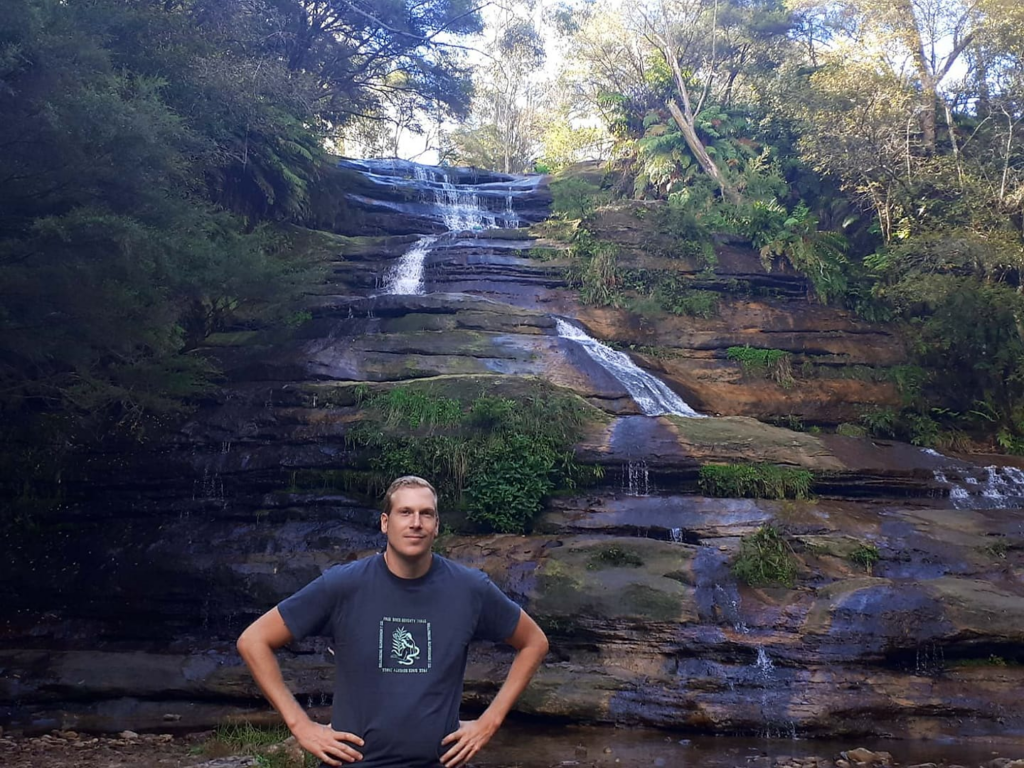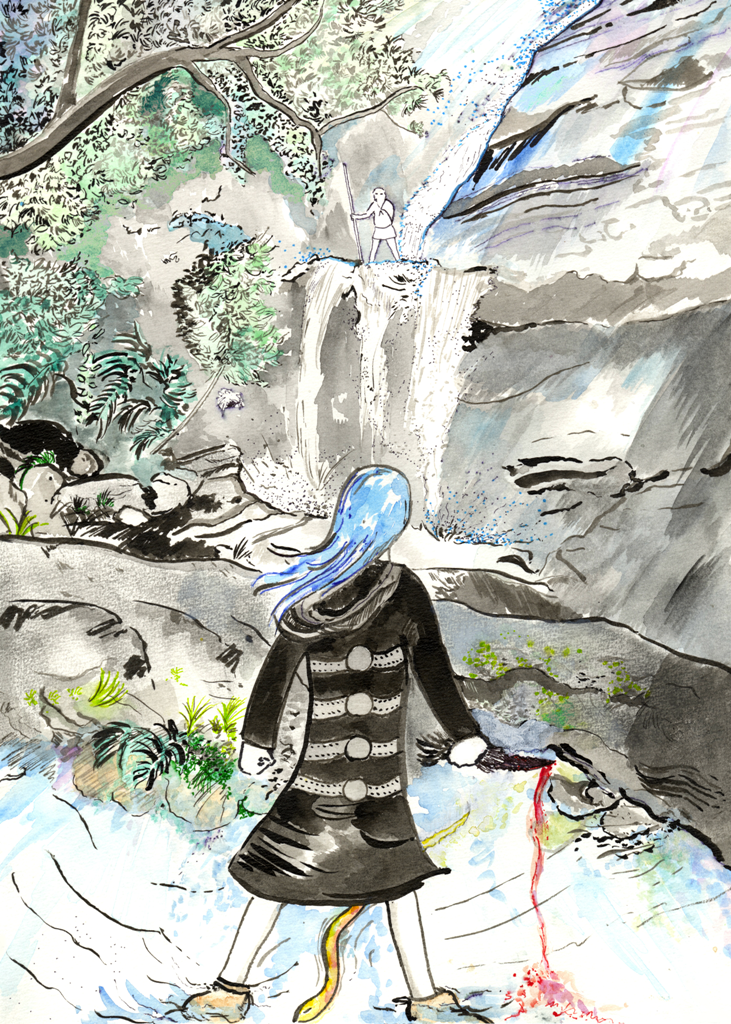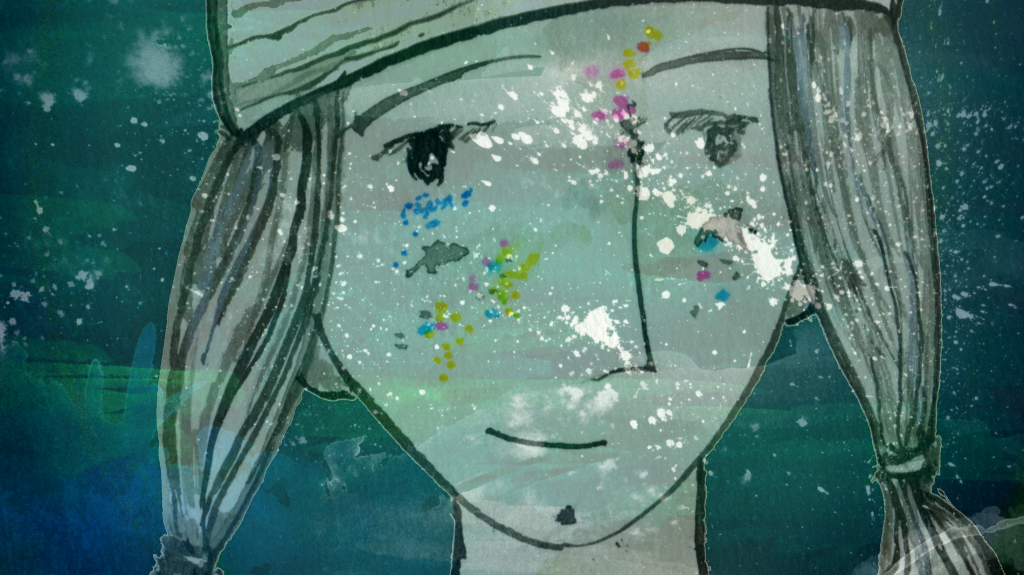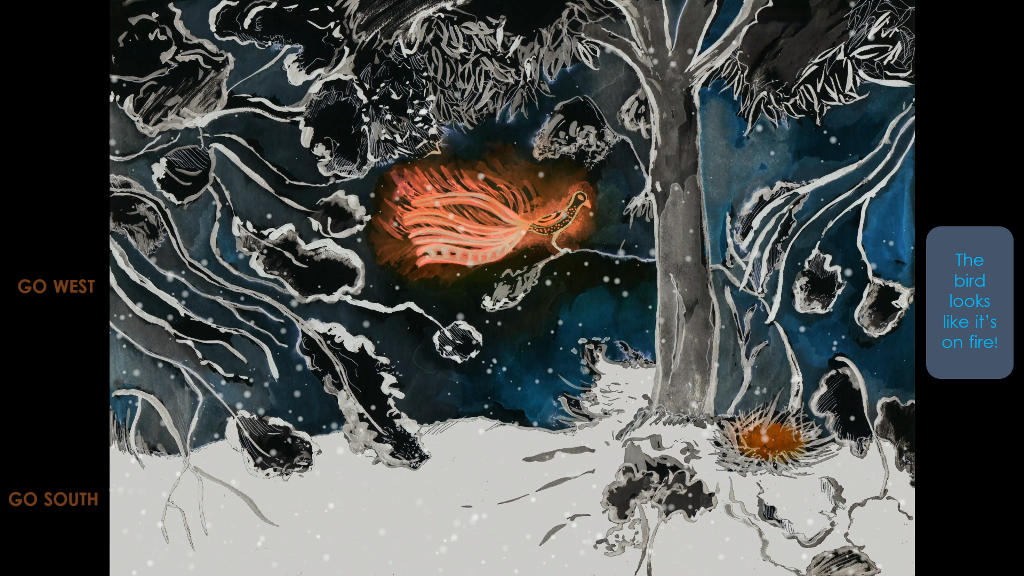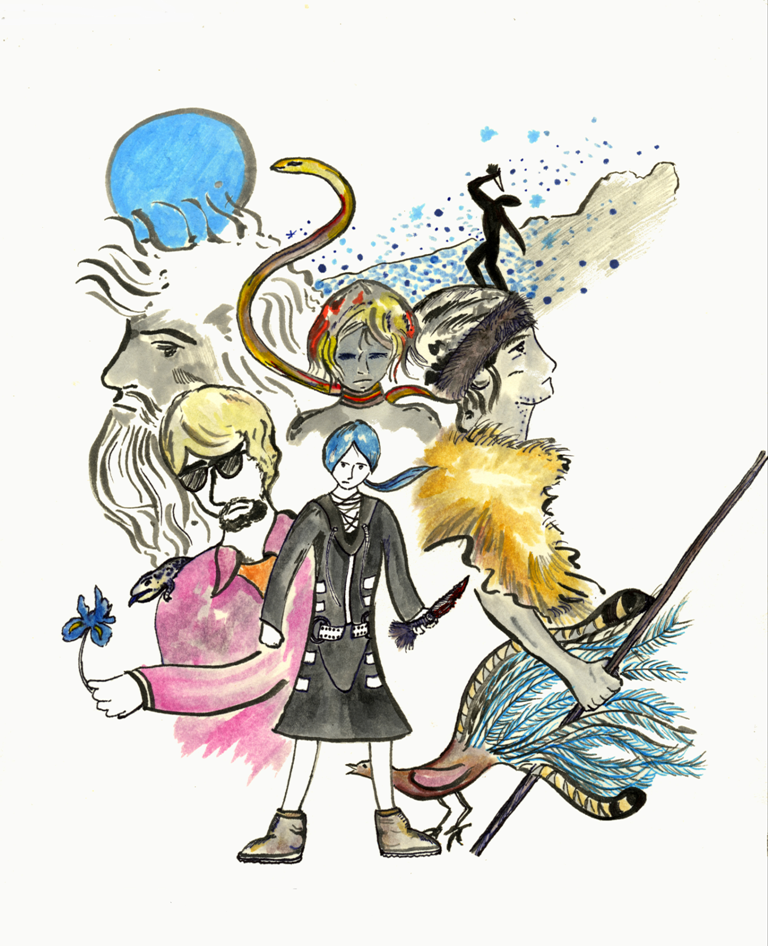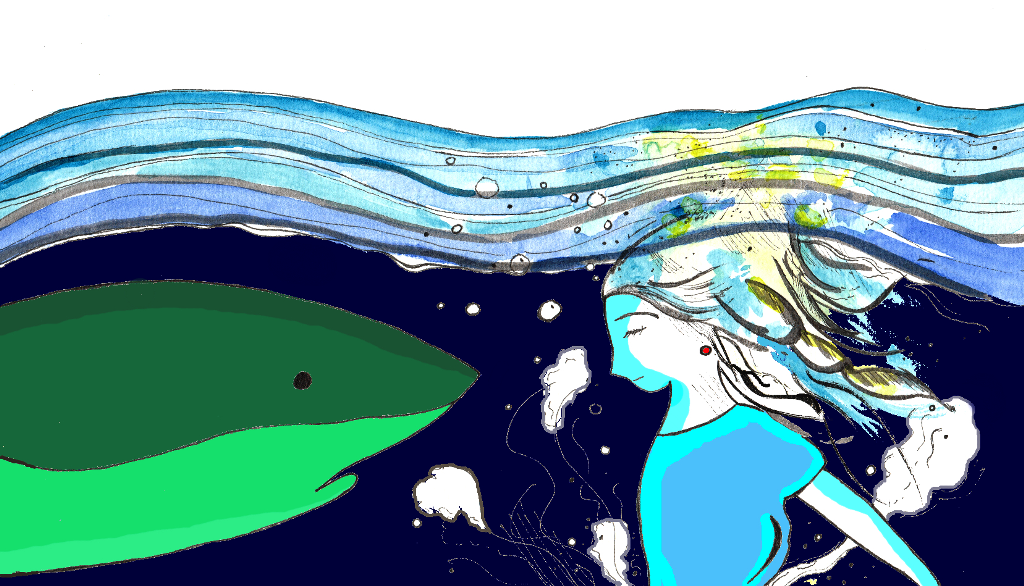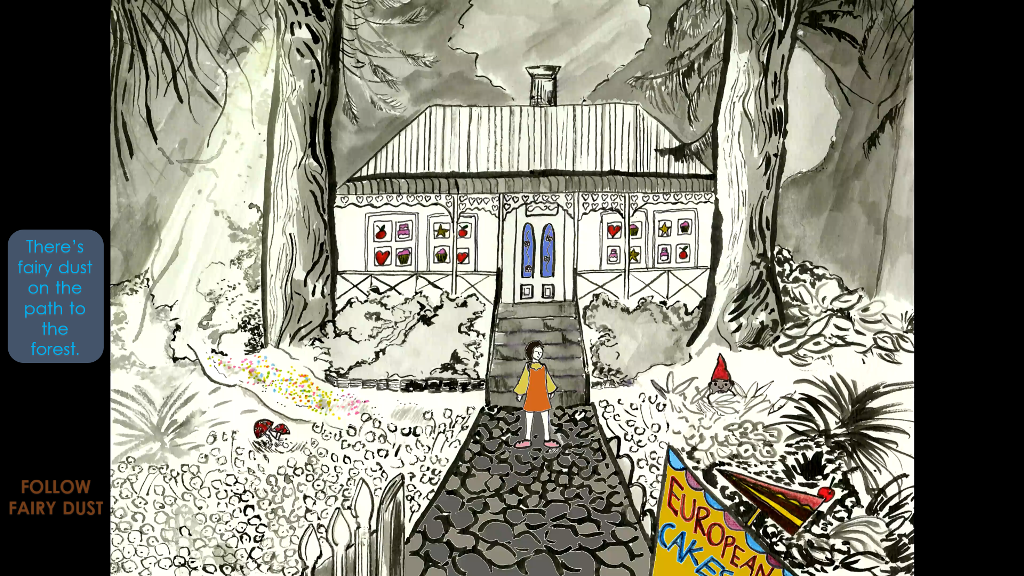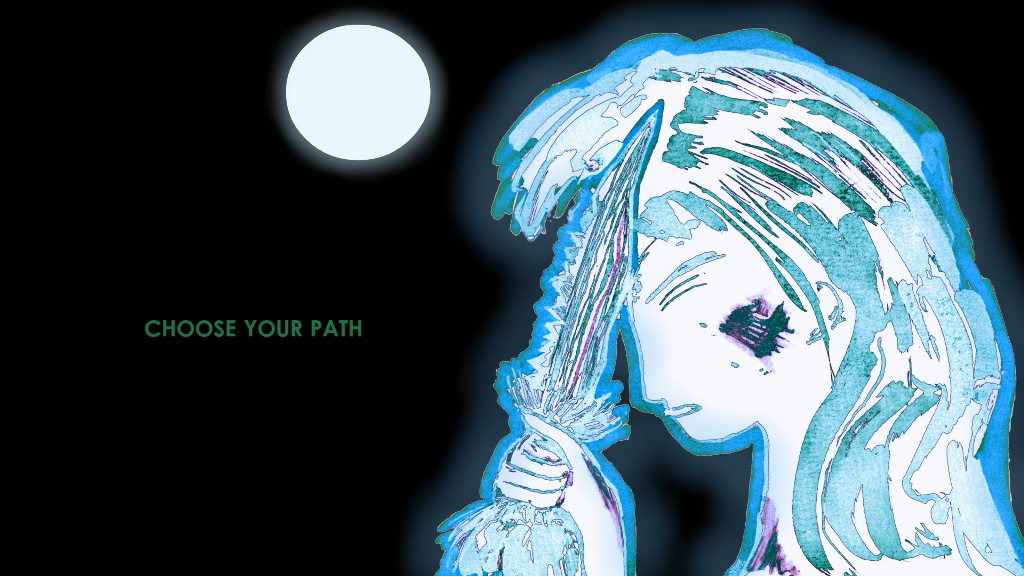Interview with Roko Zaper

Interview with Roko Zaper
April 6, 2021
[Secret of Mana proves] that aesthetically and mechanically, you don’t need to have an incredible amount of complexity to create something great.
Roko Zaper, video game developer and Mana enthusiast
Today, I’m thrilled to be talking to our good friend Roko Zaper, an Australian game designer with a Croatian background and a lifelong fan of Secret of Mana. Recently, he released his own game, The Blueness of a Wound, with music composed by none other than Secret of Mana’s Hiroki Kikuta.
Mr. Zaper’s description of the game is as follows:
Haunted by a tragic event that led to the loss of her sister, Lana is a young woman who returns to the place of her childhood to seek answers. That place is Australia's Blue Mountains, which according to the stories of the Dreamtime is where the omnipotent Rainbow Serpent lives. To get the answers she seeks, Lana will have to venture deep into the primordial valleys of the mountains where the forces from the beginning of time still hold dominion.
We’ll talk about all of that, and even hear about a new project coming soon!
Roko, thank you for taking some time for us today. Before we get to your game and your Mana-ing, tell us about yourself.
When I’m not playing Secret of Mana, I’m usually illustrating, designing games, and working towards a PhD in Game Studies. I can say a lot of these things came about partly because of my childhood, playing Secret of Mana and being so absorbed by it. I know people always claim their childhood was amazing in some way, but man, playing Secret of Mana at that age was! While previous generations listened to fairy tales, we got to live in one!
How did you come across Secret of Mana?
It was during the SNES era of gaming and even though there were so many qualities and unforgettable titles, Secret of Mana stood out for me. While games like Final Fantasy 6 were trying to be more serious and movie-like, Secret of Mana was the ultimate childhood fantasy—taking a sword and heading into some magical woods. A lot of the gems of this era were also not released in PAL territories so you can imagine that SoM stood out even more for those who wanted to lose themselves in a fantasy world.
I loved the vibrancy of its world and how it let you explore and piece it together yourself. To understand it, I even drew my own maps! The music was a big standout and I used to spend hours recording it on tape. As a favourite part of the game, I have to say the Upper Land’s forest takes the cake. I spent so much time daydreaming and thinking how it would be if this place was real. Imagine going from winter to spring in a few moments. Actually I lived in Melbourne which is known for having ‘four seasons in one day’…
So I assume a lot of that came to inspire your own work?
Yes, it was a great base of inspiration and I never forgot about it. Actually, as I look back on it with more experience, it really goes to prove that aesthetically and mechanically, you don’t need to have an incredible amount of complexity to create something great. It’s very Japanese in its execution and always goes for ‘less is more’. It truly takes experience to create something like that. It’s also that feeling you get, wandering around in SoM, it was so meditative in a way and I think that’s the kind of experience I want to recreate in my own games.
When did you decide to become a developer?
I worked on various graphic novels and wanted to bring some of those ideas to life. It feels like I have always been a developer somewhere at the back of my mind. I used to play games more for admiring their visuals or ideas I think. Just imagine getting your arse kicked while you’re thinking; that’s some lovely pixel art. It’s been a steep learning curve but no one said it’s going to be easy. Where we’re at right now, there is more opportunity than ever for new ideas to emerge in gaming and for it to diversify and mature as an art form. I also think that we who grew up on such amazing experiences have some responsibility to keep that alive, like this site is doing!
And how did The Blueness of a Wound come to be?
I wanted to create a dark fairy tale that was inspired by visiting the Blue Mountains in Australia. The format I chose was inspired by adventure game classics, but I wanted to simplify things and allow for player intuition. So much of the time, the right choices are telegraphed for us in games, and I wanted players to have to plunge themselves into a world they may not know much about. Like walking through a forest at night, metaphorically speaking.
The game is also about the ‘hidden’ powers of the main character, Lana, as well as the land around her. Games and movies have both tried to give us an image of the coolness of hidden powers, but I wanted to say something that’s closer to real life. Different ways of thinking and doing things are shunned by society because they represent fear of the unknown. The real horror can often be people and society forgetting and actively pushing aside differences. The game uses stereotypes, such as the troubled sister and the bloodthirsty savage because I wanted people to think about these representations.
In creating the game I also wanted to share the ‘essence’ of a unique time and place, which is Australia at the moment. A land I feel is absorbed by modernity but also where nature and the past can send powerful messages to those willing to listen. It’s very much my own take on living in a post-colonial and multicultural society.
Now let’s hear a bit about the gameplay.
The best way I can describe it is as a cross between a visual novel style and adventure game. When point and click adventure games started a lot of us didn’t have a clue how to advance the story and so we would click on everything and think of relations between objects and characters. It’s hard for us to be in that situation now but one of the things that made games cool was their inaccessibility in a way. We would spend hours trying to figure things out and I wanted to throw the player into a similar situation. Not like hours (laughs) but just being in a situation where you have to get to know the game world intimately. It makes for a much more rewarding experience I think. The gameplay has received some criticism due to this and my answer is that it’s not trying to be a completely user-friendly experience.
Does the title come from the Holy Bible passage?
Yes, it initially did but then I started thinking what the saying means to me. I started thinking more about lingering spiritual wounds that are inflicted upon us and the environment and how we deal with those. It’s also a reference to the Blue Mountains where the game is set and where trees can take on especially blue hue when seen from a distance.
So I have to ask—what’s it like working with Hiroki Kikuta?
It was a bit of a childhood dream come true, really. Like I said, I spent hours recording the original game music on tape when I had no idea videogame soundtracks even existed! My favourite song from SoM will always be ‘A Bell is Tolling’. I can’t imagine creating something more magical and powerful for a game setting. Most of the songs used in The Blueness of a Wound are actually from his album Alphabet Planet, which is funny because a lot of them are quite upbeat and positive. But it was interesting to try to bring out their darker side. There are also indigenous instruments like the didgeridoo that make an appearance. I love how Kikuta’s music always has a sense of mystery to it and that was perfect for this project.
I can only imagine how that must’ve felt, collaborating with someone whose work was an integral part of your formative years. It looks like you really said what you wanted to as an artist with The Blueness of a Wound. What’s next for Roko?
After doing a horror/adventure title, I am starting work on an RPG inspired by the sea which is something I wanted to do for a long time. It’s inspired by titles such as Echo the Dolphin and Terranigma, also an unforgettable SNES RPG. I can’t say much now but I can share a piece of initial concept art and promise to try to keep Secret of Mana: Redux informed in the future! It’s incredible to see a site so dedicated to persevering a truly great memory of a game and I hope more Mana fans will come to know they are not alone.
Many thanks again to Mr. Zaper! Enjoy these screens from The Blueness of a Wound:

